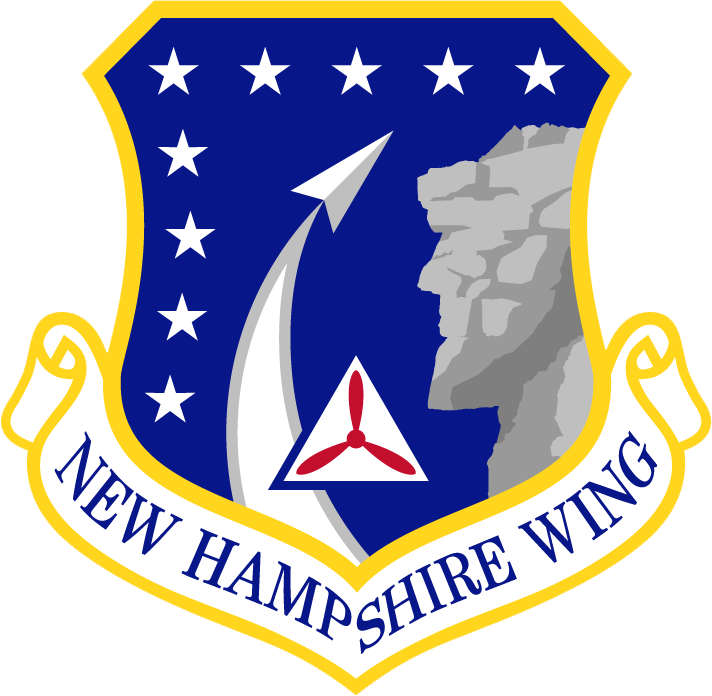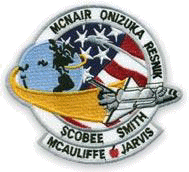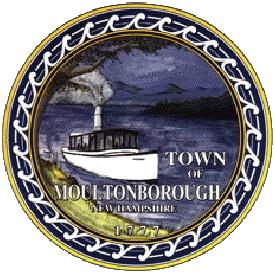


CONCORD, N.H. - The New Hampshire Wing of the Civil Air Patrol debuted a new work of heraldry, an official emblem that uniquely represents the wing amongst others in the organization. The redesign is part of a larger effort to align Civil Air Patrol organizational emblems with the heraldry standards set by the Air Force.
"As Civil Air Patrol integrates more with our parent service, our identity as a fully-fledged member of the Air Force family and the Total Force becomes so much more important. Part of that identity is found in how we represent CAP through our graphical emblems," said Col. Darin Ninness, commander of New Hampshire Wing. "Some of our emblems are very historical. They come from a time in CAP when their design wasn’t considered in a broader context. The US Air Force's own heraldry, too, has evolved since 1947, and so must ours keep pace."
The new emblem is placed upon a heater-shaped shield, proper to wings and higher echelons in both Civil Air Patrol and the Air Force. The nine stars represent New Hampshire’s place as the ninth state of the Union. The blue field stands for our parent service, the United States Air Force, and the blue skies above the Granite State. The outline of the Old Man of the Mountain is emblematic of New Hampshire, appearing on state highway signs, license plates, in the state emblem, and on the reverse of our Statehood quarter. The chevron with trail represents Civil Air Patrol’s aerospace and aviation leadership and heritage, always "shooting for the stars."
In addition to appearing on official documents and sites, the emblem will be worn on official uniforms worn by Civil Air Patrol’s volunteer airmen serving in any of the wing’s ten units in New Hampshire.
Information provided by:
New Hampshire Wing
December 23, 2020


 "The Concord Squadron patch evokes a sense of history of the Civil Air Patrol and the aerospace connection of New Hampshire's capitol city, Concord. The design pays a gentle homage to the mission patch of the Space Shuttle Challenger (STS-51L), of which Concord's own Christa McAuliffe was a crew member."
"The Concord Squadron patch evokes a sense of history of the Civil Air Patrol and the aerospace connection of New Hampshire's capitol city, Concord. The design pays a gentle homage to the mission patch of the Space Shuttle Challenger (STS-51L), of which Concord's own Christa McAuliffe was a crew member."
"The Concord Squadron's patch design was first suggested by Capt Shawn Stanford, CAP, of the Wyoming Valley Composite Sq 209 of the Pennsylvania Wing. The final design was executed by the Concord Squadron's commander, Lt Col Darin Ninness, in late 2003. The first production patches were created by Yuan Yeov, Ltd. of Taiwan and received by the unit on 2 March 2004."
"The ultramarine & yellow are the Civil Air Patrol and United States Air Force colors, ultramarine the color of a clear sky, yellow the sun. The State of New Hampshire is green, outlined in white, representing the forested and snow-covered white moutains. The star represents our home, the City of Concord, the state capitol of New Hampshire. The Cessna 182 stands for Civil Air Patrol's aviation mission, and our committment to general aviation, aerospace education and search & rescue, while the orange "swoosh" shows the unit's endurance, pride & strength. Behind it all are the colors of the American standard, red for hardiness and valor, blue for vigilance, perseverance and justice, and finally white, symbolizing purity and innocence."
Information provided by:
Lt Col Darin Ninness, Squadron Commander & Patch Designer
March 2004

The patch depicts a hawk and New Hampshire’s lakes region, and more specifically Moultonborough - the community of which the squadron was based in at the time.
 The runway shown on the patch is the runway 02/20 at Moultonborough Airport, which is nestled in a small valley along NH Route 25.
The runway shown on the patch is the runway 02/20 at Moultonborough Airport, which is nestled in a small valley along NH Route 25.
The brownish colored hill is a representation of Red Hill, which is slightly northwest of the airport. The other mountains represented are of the Ossipee Mountain Range within the area.
The water that is shown is Berry Pond, located within a short distance of the airport.
The aircraft is a Cessna 182, tail number N9930E, which was stationed at the unit.
The organizational emblem was hand drawn by 1st Lt Pat Pratt, a former member of the Hawk Composite Squadron. The date it was created is unknown.
"There are some speculations as to why the name 'Hawk' was selected for the squadron. One theory is that it was selected because of another local unit with the name 'Falcon'. Another theory is it was due to the large amount of hawks and other osprey that fly over the Moultonborough area during the migration season. Even after the unit relocated out of the Moultonborough area and the patch's design lost its geographical significance, it continued to be worn at the squadron's new home in Laconia, New Hampshire."
Information provided by:
Curt LaFond, former Squadron Commander,
and Jason "Jimmy" Smith
September 25, 2007